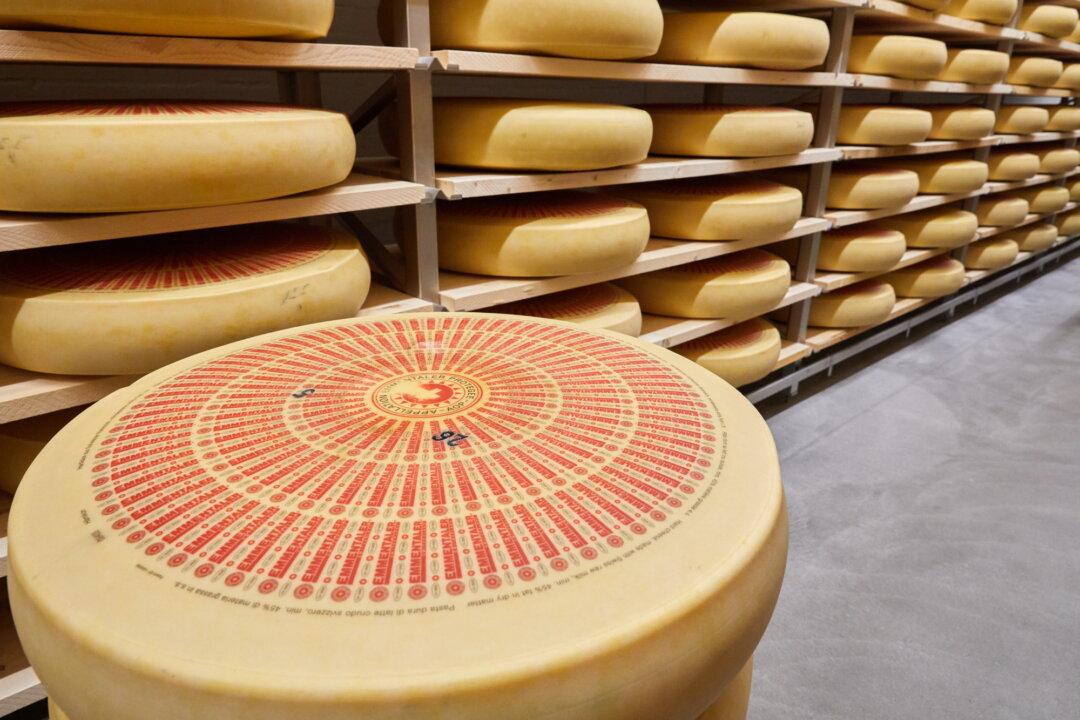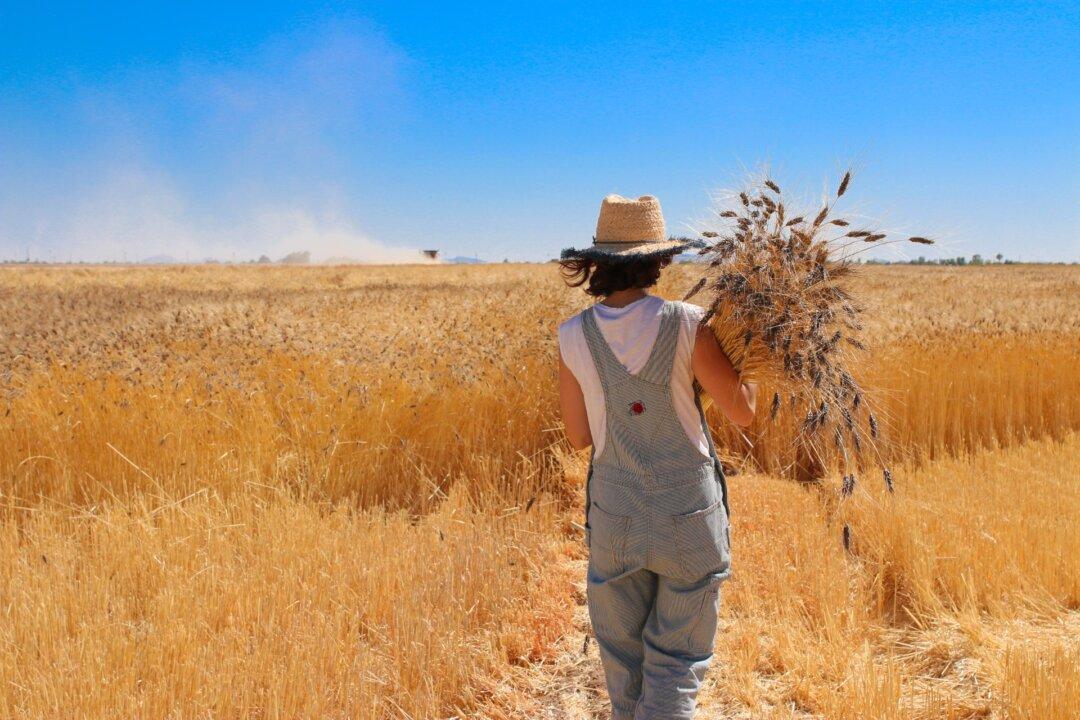For many Americans, the phrase “Swiss cheese” brings to mind a single cheese—the floppy, holey, mass-produced slices from the deli. Compare that to French or Italian cheese, categories that evoke a huge range of varieties.
Perhaps for this reason, Swiss cheese is “one of the most exciting categories to discover,” said Joe Salonia, USA sales manager at Gourmino, a collective of Swiss Cheesemakers that also functions as a Swiss cheese import company in the United States.




